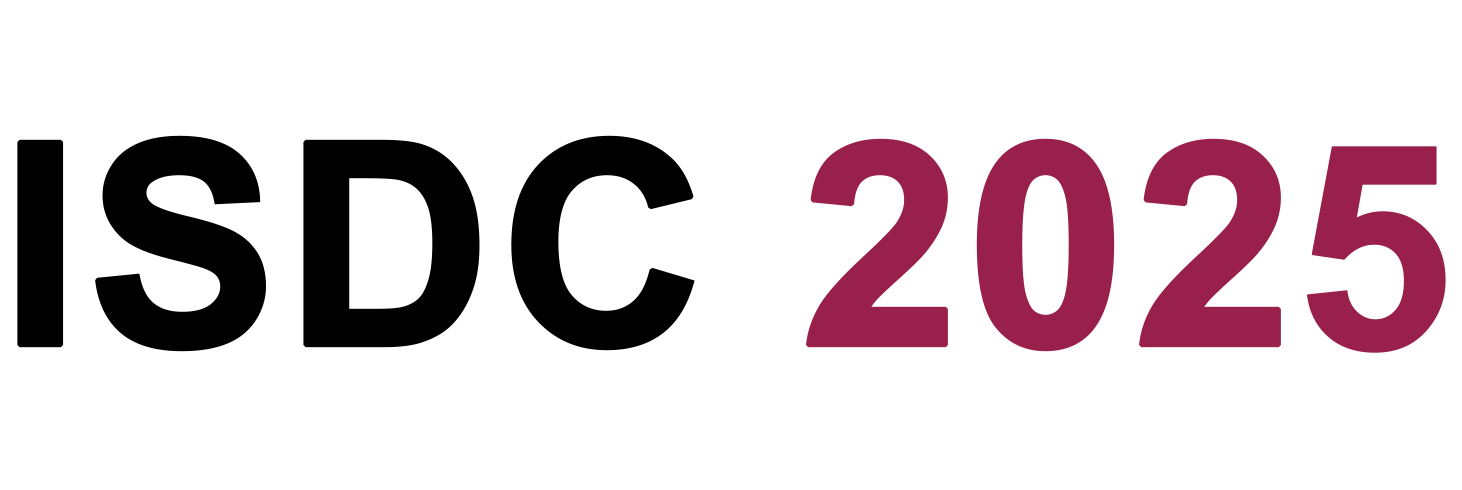
Beyond the Hype: Modelling How Evolving Perceptions Drive Rural Telehealth Resource Allocation and Workforce Sustainability
Wednesday, July 30, 2025, 6:25 AM
Session: Poster Session (Morning, 30th of July)
The COVID-19 pandemic accelerated telehealth adoption worldwide, yet sustainable implementation remains challenging as healthcare systems navigate evolving perceptions of benefits and limitations. This work presents a novel theoretically-derived, empirically-grounded system dynamics model addressing a critical gap in telehealth literature by explicitly modelling how perception dynamics influence resource allocation decisions and workforce sustainability over time. Built on our previous qualitative work, the model operationalises Gartner's technology adoption model, capturing the delay between benefits perception and limitations recognition as they emerge after the initial enthusiasm phase, creating an endogenous hype cycle that drives telehealth resource allocation decisions. Preliminary results demonstrate how this asynchronous perception creates patterns in telehealth capacity allocation, including initial overexpansion followed by recalibration toward a sustained equilibrium. This research contributes to both healthcare policy and system dynamics by formalising the non-linear relationship between the perception of benefits and limitations and telehealth resource allocation decisions.
Presenters:
Sagda Osman,
Kate Churruca,
Mohammad Jalali,
Louise A. Ellis,
Jeffrey Braithwaite
Download Supplementary Materials